Choosing Clay Roof Tiles for a Traditional-Style Home
Clay roof tiles have a long heritage in the UK, topping some of our most eye-catching historic homes.
They’re still hugely popular, and with good reason. While modern concrete options lose their colour over time, clay tiles hold their hue and even mature with age. They’re extremely durable, typically lasting around 60 years.
Modern, machine-made clay tiles can be used in both contemporary and traditional builds. But where authenticity is paramount, for example on a high-spec custom home or a sensitive restoration project, there’s no substitute for handmade tiles.
What is a traditional handmade clay roof tile?
Historically, the clay for roof tiles was dug locally and left to weather before being worked. The blocks or ‘lumps’ of clay were mixed with water and moulding sand before being thrown into wooden batts (moulds), wire-cut to size and finished by hand. The tiles were stacked to dry out in the sun before being kiln-fired to fasten the colour.
Regional variation in the type of clay and moulding sands available, as well as the firing methods used, led to significant differences across the country in terms of the finished tiles’ colour and texture.
Differences could even be seen between tiles made by the same craftsman – adding to the rich texture of an historic roofscape and providing the kind of individuality that’s difficult to match with a purely mechanised production process.
What are the different types of handmade clay roof tile?
Handmade designs are available in wide range of shapes and sizes, including unusual ornamental styles, such as club and bullnose designs. However, the most common options are plain tiles and pantiles.
Plain clay tiles were standardised in the 15th century to a size of 6.5” wide, 10.5” deep and 0.5” thick. Those dimensions persist today – though machine-made versions are produced in equivalent metric sizes. Handmade units are still crafted in imperial sizes to maintain the right proportions on restoration projects.
Traditionally, clay roof tiles were single-camber (arched only along the length) and had no other decorative features – though nibs and nail holes were included for fitting. Plain tiles are laid in a broken bond, known as ‘double lapping’, to achieve watertightness. Typically, you’ll need around 60 tiles per m2 of roof area.
Pantiles prevail in certain parts of the country, such as the east coast of England and Scotland. These single-lap tiles are moulded into a flattened ‘S’ shape, creating a characteristic wave-and-trough look. The laying pattern and the fact that pantiles are larger than plain designs means that you only need around 17 or 18 tiles per m2 of roof space.
What are modern handmade tiles?
Today’s handmade clay tiles are produced using modern processes, ensuring British Standards are met in terms of strength, frost resistance and impermeability to water.
One key difference to traditional methods is in the refinement. Rather than being thrown into batts, the clay is usually extruded by machine to produce a continuous column. Each roof tile is then moulded by hand to achieve a camber – hence why Dreadnought Tiles calls its range ‘hand-formed’. It’s this element craftsmanship that gives the clay tile its characterful, highly-individual looks.
Some firms use locally quarried clay, while others will source the raw material according to the colour and finish you’re looking to achieve. Varying proportions of manganese and sawdust can be added to the clay to create a weathered or ‘reclaimed’ colour and texture (the more manganese, the darker the finished tile).
As a rule, the clay used in hand-formed tiles is coarser than that used for machine-made tiles, while the finish is typically ‘sandfaced’ to give a rough texture. The firing process can be used to enhance the colour, for example to create a brindled appearance.
What is a handcrafted clay roof tile?
A number of manufacturers also make ‘handcrafted’ tiles, which sit between machine-produced and handmade versions.
With this type of tile, the process is automated up until just before the tiles are fired. At this point they’re taken off the line and finished by hand to replicate a rustic sandfaced texture (smoothfaced types are also available).
These roof tiles are still naturally colourfast and durable, just as with handmade clay versions, but the production process isn’t as labour intensive. So they’re fantastic option if you’re looking for a cost-effective way to emulate the traditional look.
What do handmade and handcrafted clay roof tiles cost?
Handmade clay tiles don’t come cheap, but you’ll be investing in a high-quality product of unrivalled character, and it could prove a real boon to your project. It may even add value to your home.
What’s more, specifying handmade clay tiles could be an essential if you’re renovating a listed building or dealing with planning restrictions, such as conservation area consent.
Expect to pay from £32 per m2 for handmade plain clay roof tiles, compared to around £20 per m2 for machine-produced versions that replicate the look of traditional tiles.
Photo: A mixed blend of clay roof tiles from Dreadnought Tiles
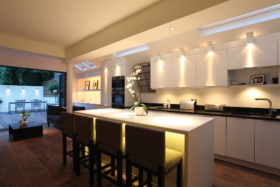
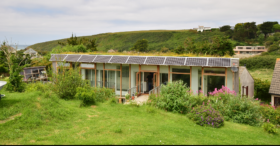

















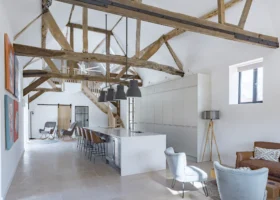















































































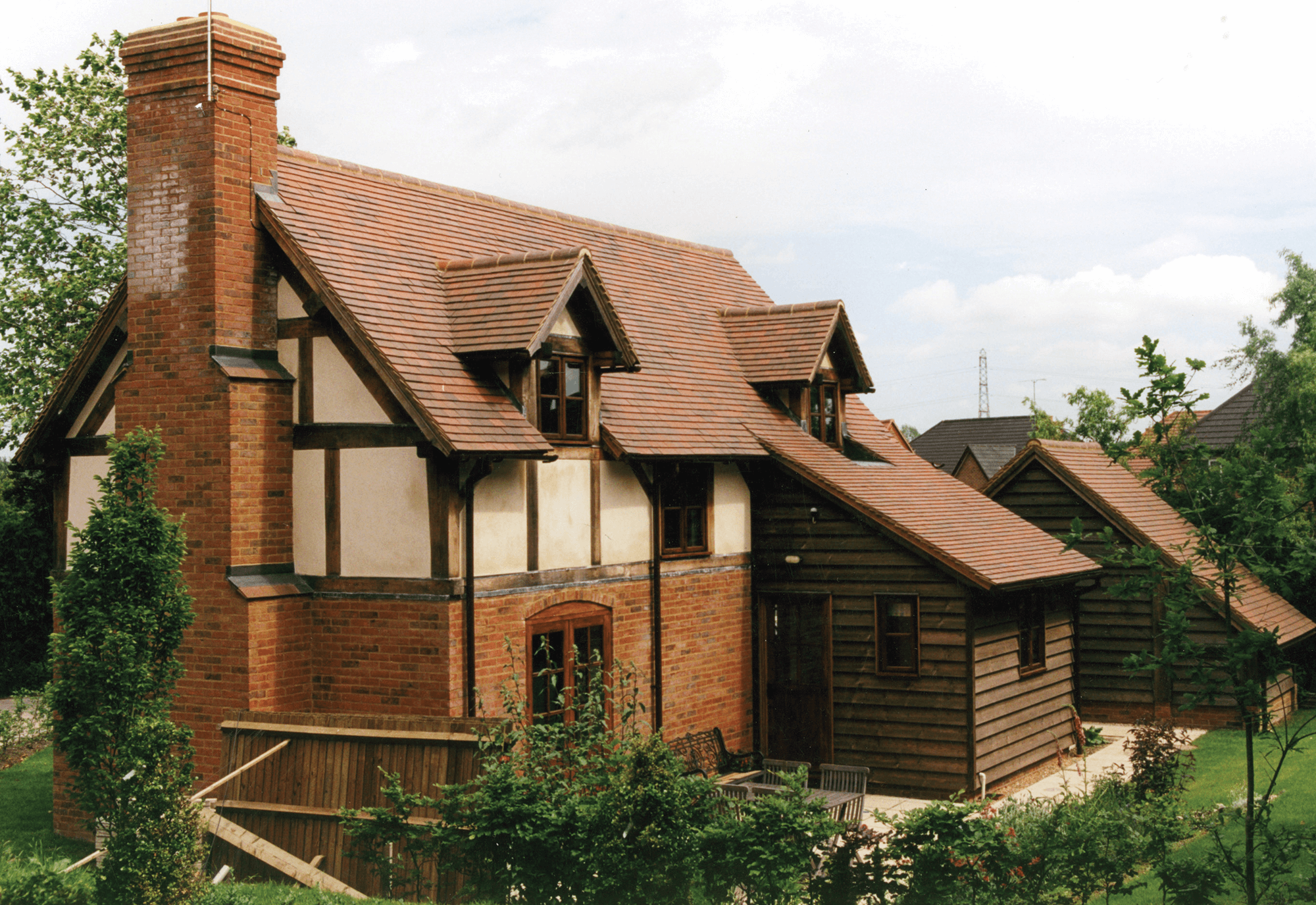
 Login/register to save Article for later
Login/register to save Article for later


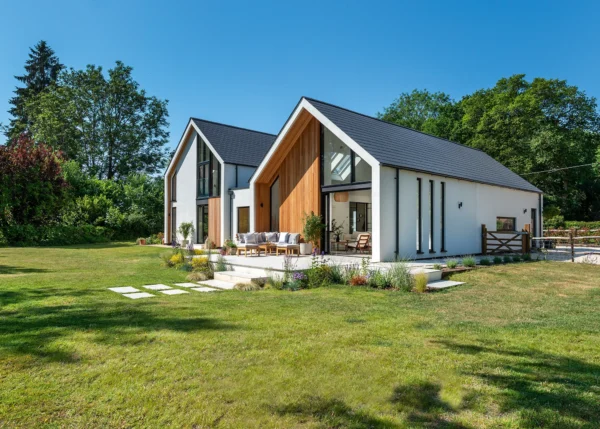
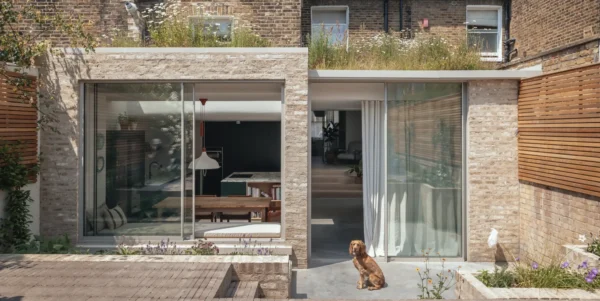
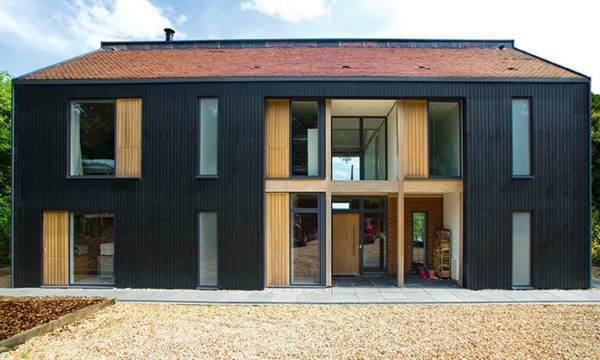
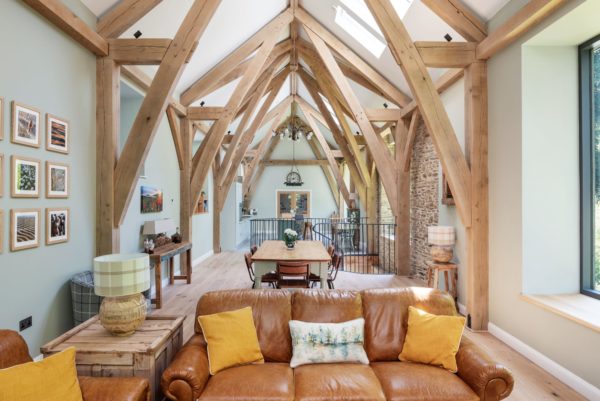
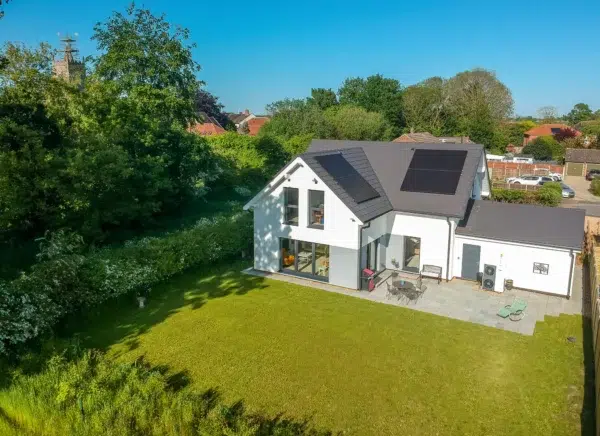
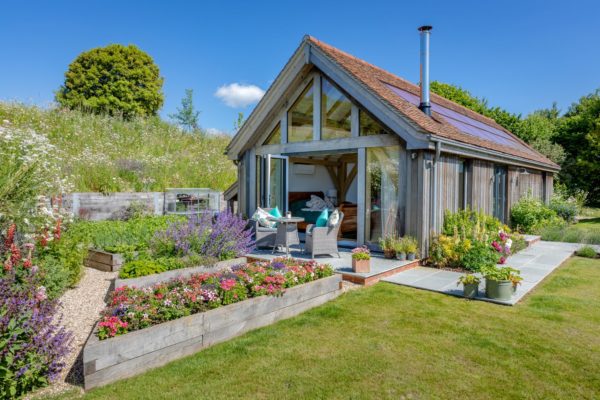




Comments are closed.